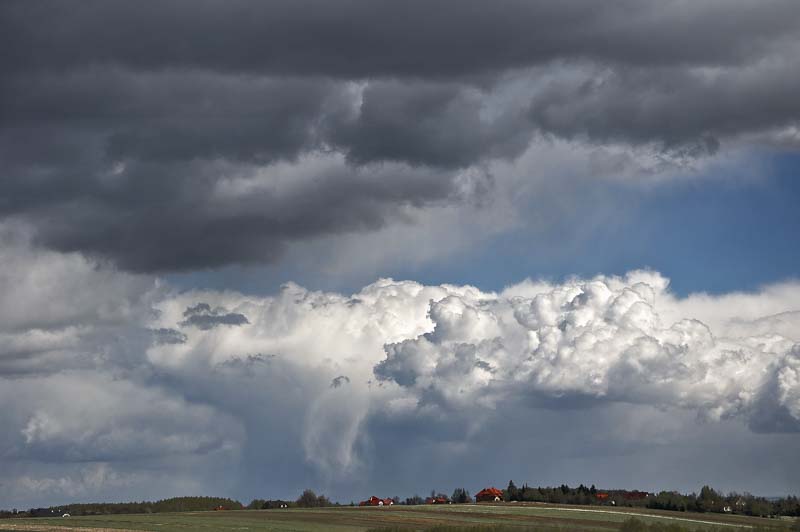Table of Contents
PROJECTS AND ACTIVITIES
 |
From Wonderopolis, find out How Much Rain Can a Cloud Hold? – and watch a cool (and funny) short video. |
| Keep a weather diary! See Keeping a Daily Weather Log for suggestions and a printable data sheet. | |
| From NeoK12, Water Cycle has online quizzes and puzzles and a series of short educational videos. (One of these shows how to make your own water cycle in a box.) | |
 |
From Steve Spangler Science, the Cloud in a Bottle Experiment has detailed photo-illustrated instructions and an explanation of the results. Also see Scientific American’s You Can Make Your Own Cloud. |
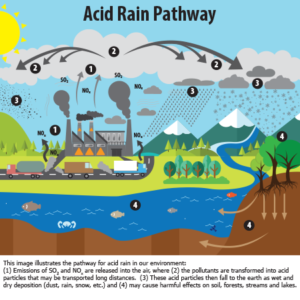 |
Studying acid rain? Find out how to make acid rain in your kitchen and test its effects on plants. |
| Let’s Make It Rain is a You Tube video of a simple rain-making experiment. | |
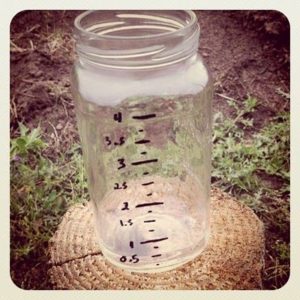 |
DIY Rain Gauge has instructions for building one, using a two-liter plastic bottle. |
| Weather Science Projects has background information and instructions for making a model water cycle and a cloud in a jar. | |
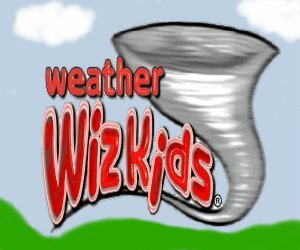 |
The Weather WizKids site has kid-friendly info on weather features (among them Clouds, Rain & Floods, Wind, Temperature, Lightning, Hurricanes, and more), a long list of weather experiments, weather games, information on weather instruments, and a photo gallery. |
| Scholastic’s Weather Watch has a collection of great interactive projects and activities. Kids can identify and track clouds, gather data using weather instruments, become “Weather Detectives” and research causes of weather, take a try at forecasting the weather, research extreme weather, and check out “Nature in the News.” | |
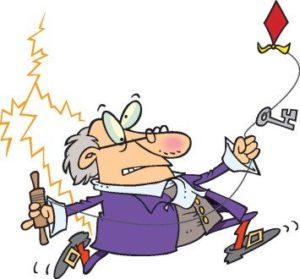 |
The Franklin Institute’s Weather page has information about Benjamin Franklin’s weather research (including the dangerous kite-and-key experiment) and much more. |
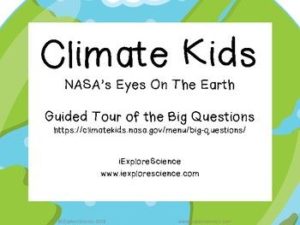 |
From NASA, ClimateKids has an animated list of the “Big Questions” about Weather and Climate, Air, Ocean, Water, Carbon, Energy, Plants & Animals, and Technology. Also included are a Climate Time Machine, instructions for hands-on projects (“Make Stuff”), and great resources for teachers. |
| Web Weather for Kids has interactive overviews of Clouds, Hurricanes, Blizzards, and Thunderstorms/Tornadoes, along with hands-on projects, a Cloud Matching game, and step-by-step instructions for reading weather maps and forecasting the weather. Projects include making fog in a jar, modeling convection currents, a tornado, and rain, and making a hot-air balloon. | |
| The Weather Dude has basic info on weather topics, statistics on world weather, daily weather stories, weather maps, and a lot of weather songs (available on CD or as downloads). | |
| My NASA Data Lesson Plans are grade-categorized lessons using NASA-generated atmospheric and earth science data. Sample lesson titles are “Cold, Clouds, and Snowflakes,” “Atmospheric Pressure vs. Elevation,”and “Hurricanes as Heat Engines.” | |
| From Nature, Climate Forecasting is an excellent article for older readers on clouds, climate modeling, and air pollution. | |
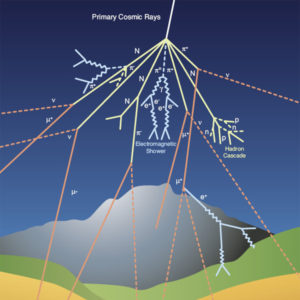 |
Cosmic rays and clouds? The Cosmics Leaving Outdoor Droplets (CLOUD) experiment is studying the possible link between galactic cosmic rays and cloud formation. Read about it here. |
| From NOVALabs, Cloud Lab Guide has a great collection of educational science videos and links to weather-related NOVA programs (among them “Earth from Space” and “Inside a Megastorm”). | |
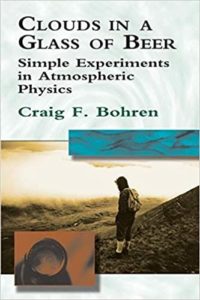 |
By Craig F. Bohren, Clouds in a Glass of Beer (Dover Publications, 1987) is a collection of “simple experiments in atmospheric physics,” among them not only “Clouds in a Glass of Beer,” but “Mixing Clouds,” “Black Clouds,” “Indoor Rainbows,” and more. Very thorough explanations for teenagers and adults. |
